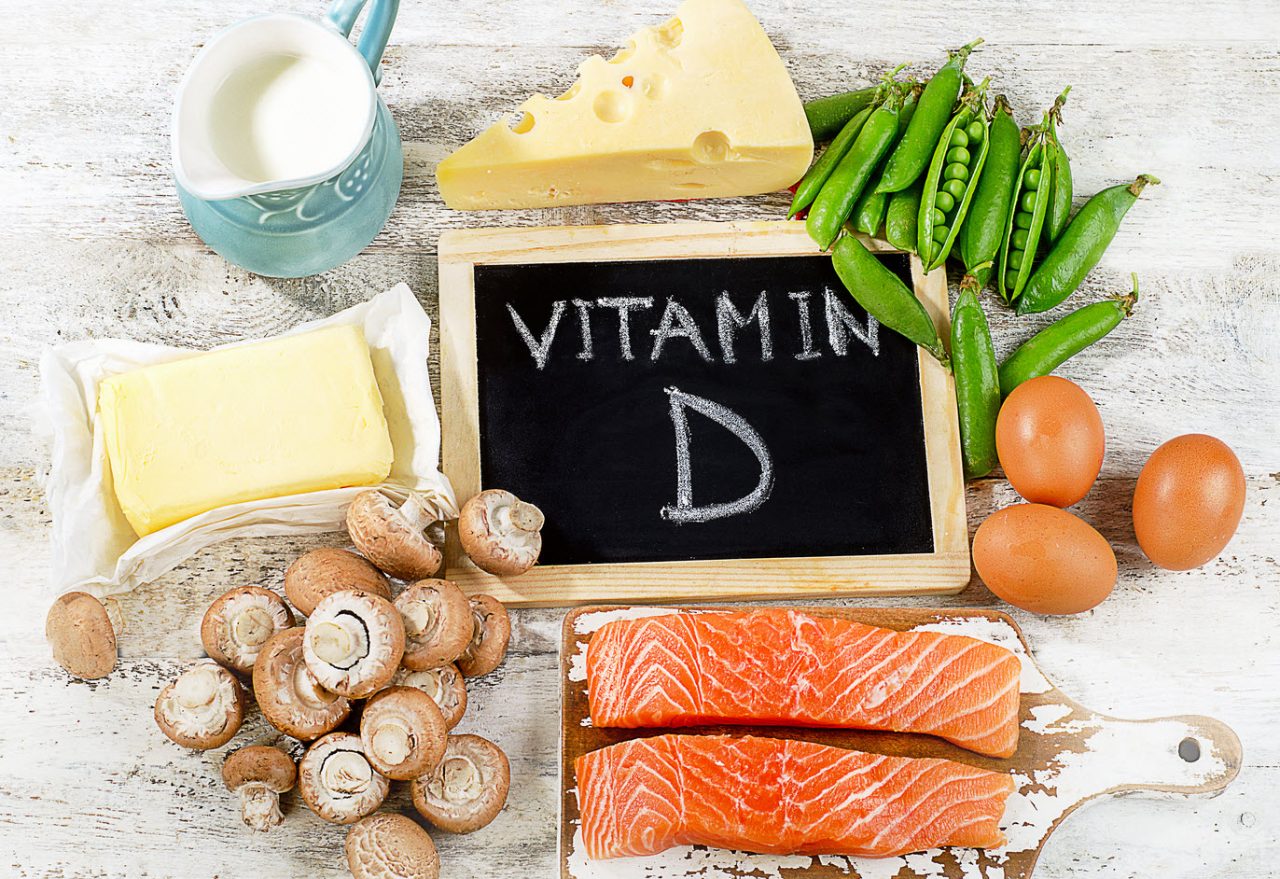Vitamin D is constantly making headlines. Are we getting enough? Are we getting too much? Do we need to take vitamin D as a supplement or is the sun giving us plenty?
Vitamin D is an extremely important nutrient that helps the body absorb calcium to keep bones and teeth strong and healthy. It may also play a role in preventing heart disease, asthma, depression, multiple sclerosis and other diseases, as well as protecting against infections.
For children, vitamin D is extremely important in the first two years of life to fortify bone structure and prevent bone disease. It has been shown to benefit babies during pregnancy to strengthen their immune response, which could help protect against asthma and respiratory infections.
While sun exposure does create vitamin D within our bodies, I wouldn’t recommend sending your children outside for extended periods of time without using sunscreen, so it’s best to get your daily dose of Vitamin D through the diet and in supplement form.
The American Academy of Pediatrics (AAP) recommends infants under 12 months require 400 International Units (IU) per day and older children and adolescents require 600 IU per day.
It’s relatively easy to incorporate vitamin D into your daily routine. Supplemental Vitamin D comes in liquid, chewable or capsule form and some foods naturally contain or are fortified with Vitamin D, including salmon, portobello mushrooms, milk, orange juice and select cereals.
It is possible to get too much Vitamin D, which can raise your calcium levels and puts the body at risk of kidney stones, dysrhythmias, vomiting, poor appetite, constipation, weakness and weight loss.
If you are interested in starting vitamin supplementation, you should discuss it with your pediatrician or primary care physician to determine the recommended dosage.
Dr. Maily Creamer is board certified in Internal Medicine and Pediatrics and is a member of Hoag Medical Group.



